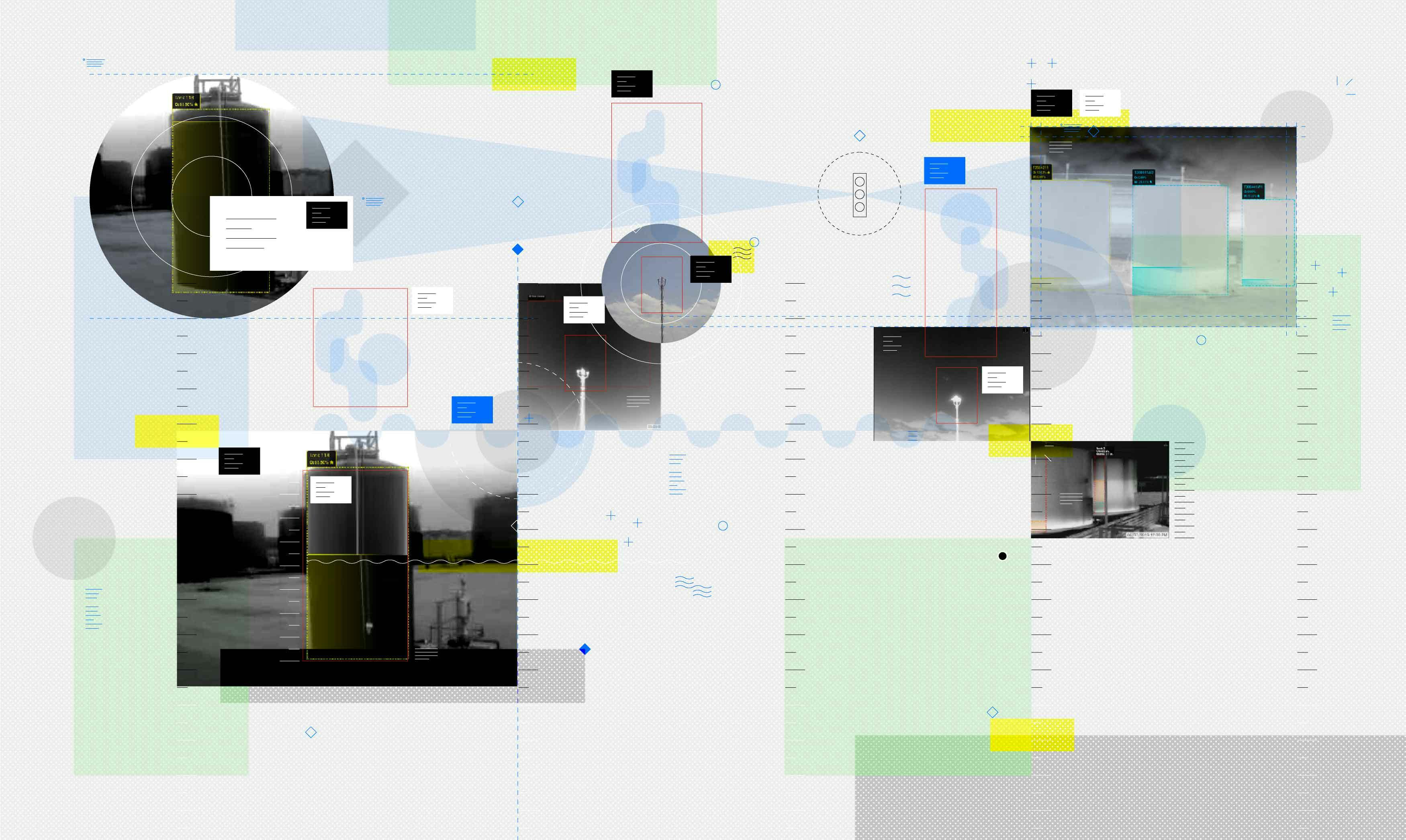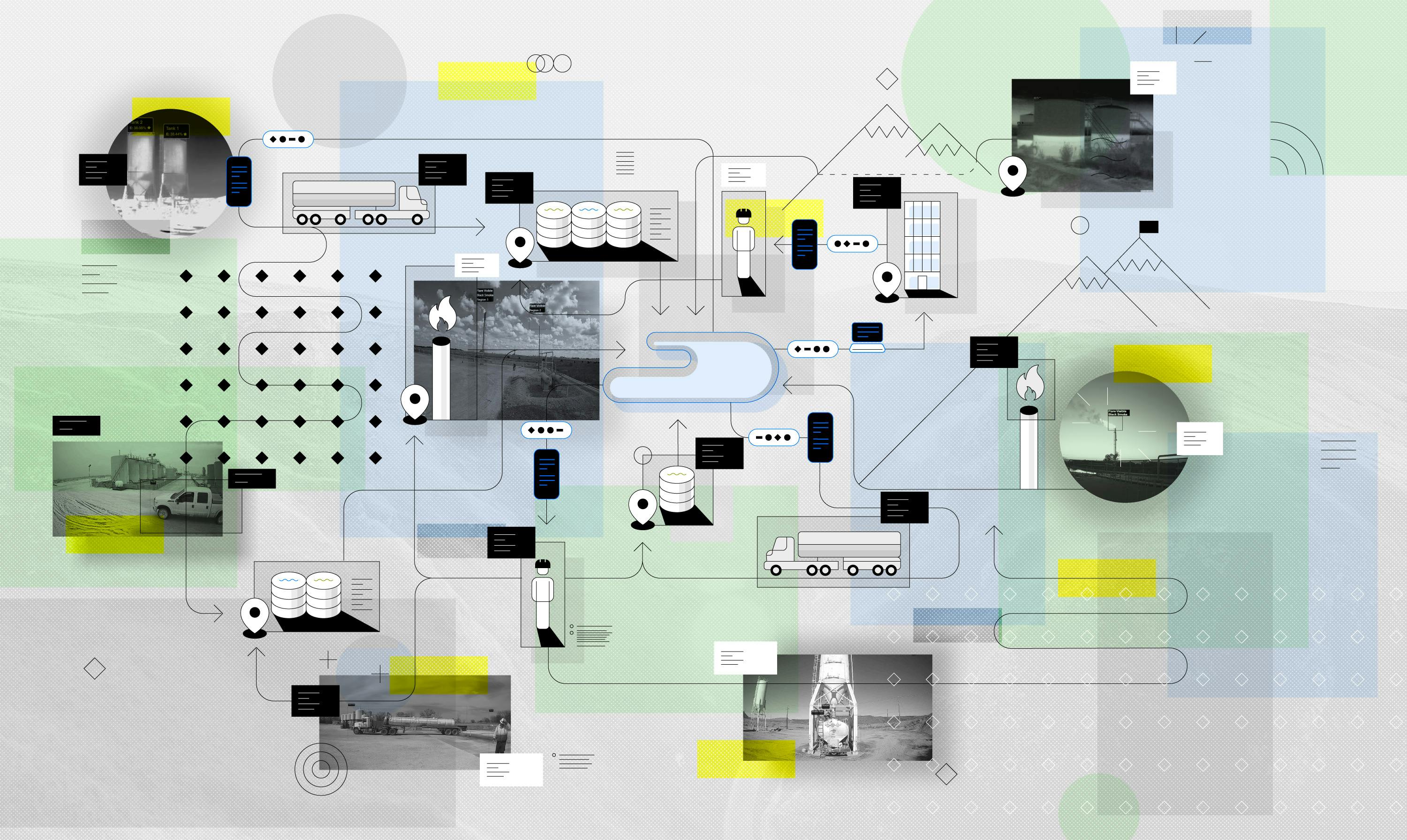Blog /

The EPA Announces Flyovers in the Permian Basin: How to Ensure You Are Compliant
The EPA just announced flyovers in the Permian Basin in New Mexico and Texas. What does this mean for your operations? If you operate within the Permian Basin, you will need to ensure that your locations are complaint with regulations for several days. Noncompliance will result in significant penalties, corrective actions to prevent future non-compliance and monitoring to verify corrective actions have addressed the emissions.
The U.S. Environmental Protection Agency (EPA) is conducting helicopter flyovers of the Permian Basin region in New Mexico and Texas. The flyovers will use infrared cameras to survey oil and gas operations to identify large emitters of methane, a powerful greenhouse gas, as well excess emissions of volatile organic compounds (VOCs). While VOCs have potential short-and long-term health effects on their own, they also contribute to the formation of ground-level ozone when they combine with nitrogen oxides in the presence of sunlight.
The U.S. Environmental Protection Agency (EPA) is conducting helicopter flyovers of the Permian Basin region in New Mexico and Texas. The flyovers will use infrared cameras to survey oil and gas operations to identify large emitters of methane, a powerful greenhouse gas, as well excess emissions of volatile organic compounds (VOCs). While VOCs have potential short-and long-term health effects on their own, they also contribute to the formation of ground-level ozone when they combine with nitrogen oxides in the presence of sunlight.
The Permian Basin accounts for 40 percent of our nation’s oil supply and has produced large quantities of dangerous VOCs and methane over the years, contributing to climate change and poor air quality, the flyovers are vital to identifying which facilities are responsible for the bulk of these emissions and therefore where reductions are most urgently needed.
said Region 6 Administrator Dr. Earthea Nance.
Leading oil and gas companies have implemented this technology to remain complaint as regulations stricken across the nation. By having real-time access to events such as black smoke emissions and pilot light outages from flare stacks, and alerts of when their tank batteries or other onsite equipment are venting methane, these companies are able to mitigate leaks and quickly address malfunctions across all of their locations when they occur.
How does continuous monitoring work?
An effective continuous monitoring system will monitor your locations for specific events that can be customized for what you need to detect. For instance, if you manage a remote location and need to monitor your flaring activity or conduct Method 22 inspections, a continuous monitoring system will automate that process for you and send you reports without the need for operators manually monitoring the flare stacks. The same can be done for methane emissions leaking from onsite equipment or VOCs escaping from tank batteries. Everything is monitored for you around the clock across all locations that have this technology deployed.
Why Is continuous monitoring the most effective solution?
Methane leaks can happen at any time. Manually spot-checking locations or detecting emissions from the air won’t get to the root of the issue occurring at your locations. If methane is detected near your operations from a flyover, you will still need to find the source of the methane leak. Continuous monitoring is deployed at the ground level and can see exactly when your equipment begins leaking emissions. This gives you the ability to identify the source of the leak to quickly address it.
Is continuous monitoring expensive?
No. In fact, companies who have adopted the technology have saved millions of dollars annually due to the efficiency of the system. Leading oil and gas companies have reported that for every 100 flare monitoring devices deployed, a savings of 1 million dollars accrued. On 250 locations, Andium’s continuous monitoring technology removed the need for 250 daily gauging events and flare inspections. These results are just the tip of the iceberg.
What happens if my locations are not compliant?
EPA will use several tools to address noncompliance identified through the flyovers, including EPA administrative enforcement actions and referrals to the Department of Justice. EPA’s actions to address these violations will include significant penalties, corrective actions to prevent future non-compliance and monitoring to verify corrective actions have addressed the emissions. The flyovers will continue through August 15.
How to start automating your locations
We understand the challenges you face while trying to keep your locations compliant with new regulations. We also understand how complicated and inconvenient adopting a new technology can be, especially if other technologies have disappointed you in the past. <b>We made the process easy and convenient for you with no work needed from your I.T. team. We also offer a free pilot of the system to help you remain compliant during the flyovers while learning how effective a continuous monitoring solution can be.
Why leading energy companies choose Andium
Andium products help some of the world’s leading oil and gas companies remain compliant and save money. After partnering with us, operators obtain the insights they need to quickly make better decisions in critical situations. We make life much easier for many companies and can do the same for you.
To get in contact with one of our experts, fill out the form below and we will be in touch soon.
Get a Quote
Reach out for more information and we’ll be in touch soon.

